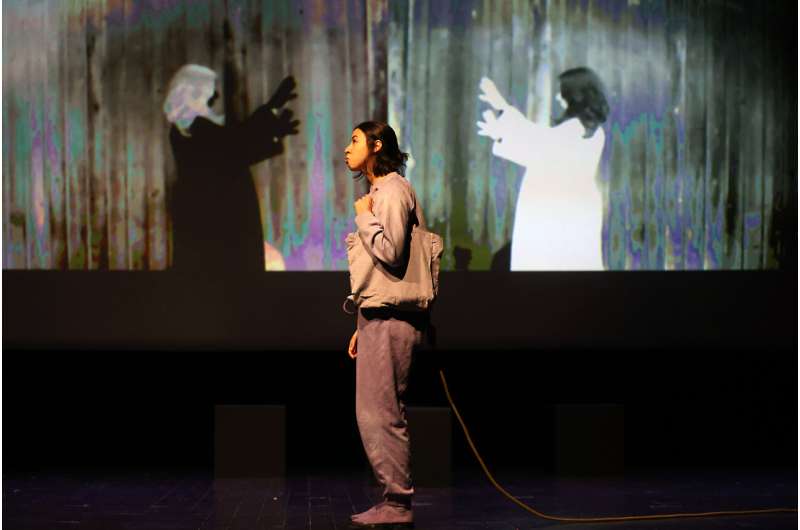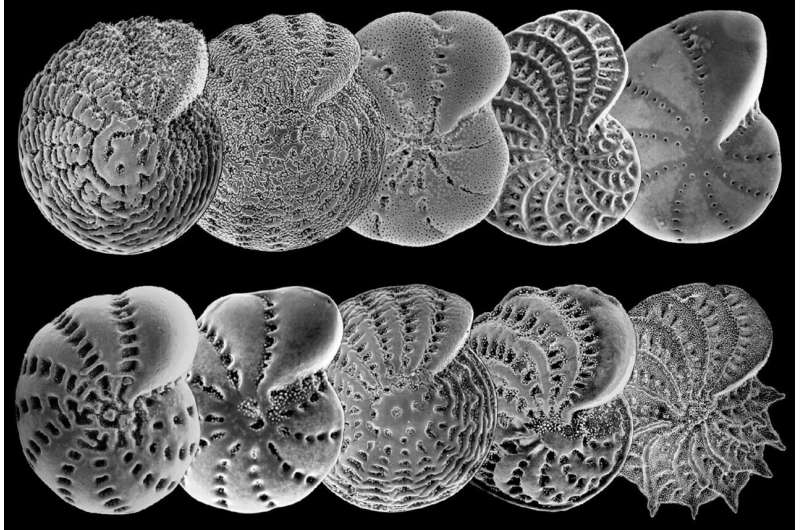Kissing, often viewed as a uniquely human behavior, may have origins that stretch back over 20 million years, according to new research from a team at Oxford University. By examining decades of studies on primates, the researchers have provided insights into how this intimate behavior may have evolved long before the emergence of modern humans.
The study, published in the journal Evolution and Human Behavior, involved a comprehensive analysis of living species such as chimpanzees, bonobos, and orangutans. The researchers employed statistical modeling to estimate the timeline for the emergence of kissing among ancient ape ancestors. Their findings suggest that these early primates likely engaged in mouth-to-mouth contact between approximately 16.9 million and 21.5 million years ago.
Understanding the Evolutionary Significance
Lead author Matilda Brindle, an evolutionary biologist at Oxford, noted that kissing presents an “evolutionary conundrum.” The behavior is surprising because it carries noticeable risks, such as the potential spread of germs, and may not directly contribute to survival. Nevertheless, across various primate species, kissing and related behaviors serve multiple functions, including social bonding and communication.
Since kissing does not leave a fossil record, researchers rely on the behavior of current primate species to draw conclusions about the past. The earliest written records of human kissing trace back around 4,500 years to ancient Mesopotamia and Egypt, yet the practice is not universal. A 2015 study indicated that only 46% of humans engage in kissing.
Brindle explained, “We did find a strong evolutionary signal in kissing, but it doesn’t mean it has to be retained.” She emphasized the adaptability of primates, stating that while kissing might be beneficial in certain contexts, it could be deemed risky in others due to potential disease transmission.
Implications for Future Research
The research team conducted over 10 million simulations to determine the likelihood that early ape ancestors engaged in kissing. The results lend support to the idea that extinct relatives, such as Neanderthals, who coexisted with early humans, may have also participated in this behavior. However, Brindle cautioned that the model does not clarify the original purpose of kissing or how it has evolved across time.
Much of the behavioral data analyzed comes from primates in captivity, highlighting the need for further research on wild populations to gain a more comprehensive understanding. Despite these limitations, experts regard the study as a significant step forward in the exploration of this behavior.
Justin Garcia, an evolutionary biologist and director of The Kinsey Institute at Indiana University, commented on the research’s significance, stating, “This is a wonderful example of the interplay of nature and nurture, including for a behavior many of us humans consider so deeply intimate.” He added, “Kissing is both biological and cultural, it is a behavior that invokes the bodily senses and clearly has some evolutionary origins, but we also know it varies across individuals and populations.”
The findings from this study not only deepen our understanding of the origins of kissing but also open avenues for further investigation into the behaviors that shape human intimacy and social interaction.







